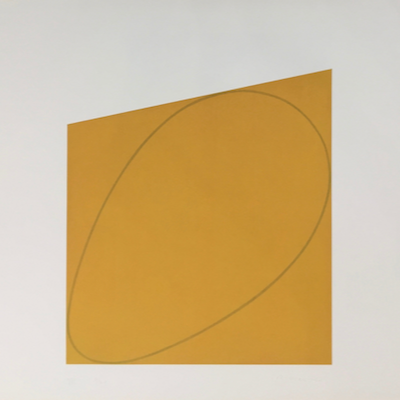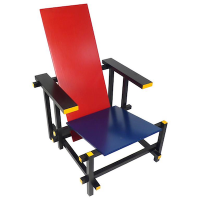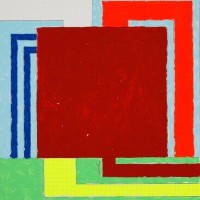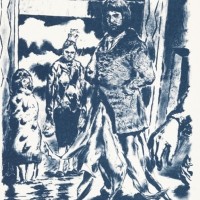
What is Etching and Aquatint?
Etching and aquatint are printmaking techniques. In aquatint, the printing plate is etched with a pattern of tiny pits and cracks to create a wide range of tonal gradations. This technique allows artists to replicate the broad, flat tones found in watercolor paintings and ink washes.
Show All
- Show All
- Established
- Discoveries
A,B,C
ARTWORKS RELATED TO ETCHING AND AQUATINT
Joan Miró
Untitled X (from Flux de l'Aimant), 1964
Limited Edition Print
Etching and Aquatint
Inquire For Price
Marc Chagall
The Night Of Love In Saint-Paul, 1968
Limited Edition Print
Etching and Aquatint
Inquire For Price
Pablo Picasso
Sur la scène: viellard barbu s'apprêtant à poignarder une femme dans son lit, 1966
Limited Edition Print
Etching and Aquatint
EUR 5,100
Pablo Picasso
Sculptures et vase de fleurs, from the Vollard Suite (B. 189; Ba. 348), 1933
Limited Edition Print
Etching and Aquatint
USD 16,900
David Hockney
Illustrations for Fourteen Poems from C.P. Cavafy: Two Boys Aged 23 or 24, 1966
Limited Edition Print
Etching and Aquatint
USD 3,125
David Hockney
Illustrations for Fourteen Poems from C.P. Cavafy: To Remain, 1966
Limited Edition Print
Etching and Aquatint
USD 3,125
David Hockney
Illustrations for Fourteen Poems from C.P. Cavafy: The Shop Window of a Tobacco Store, 1966
Limited Edition Print
Etching and Aquatint
USD 3,125

De Stijl, meaning The Style, was a group of Dutch artists who created abstract art based on strict adherence to vertical and horizontal geometry. The group was founded by Piet Mondrian and Theo van Doesburg in 1917. Mondrian eventually left De Stijl when Van Doesburg began incorporating diagonal geometry into his work, which Mondrian felt deviated from the group's principles.

Known as Neo-Geo for short, this movement uses geometric objects and shapes to create abstract artwork as a metaphor for society. Inspired by various 20th-century art styles, including minimalism and pop art, Neo-Geo emerged in the 1980s as a response to the industrialization and commercialization of the modern world. The movement reflects on the impact of mass production, consumerism, and technology, often critiquing the superficiality of contemporary culture through its abstract, geometric compositions.





















